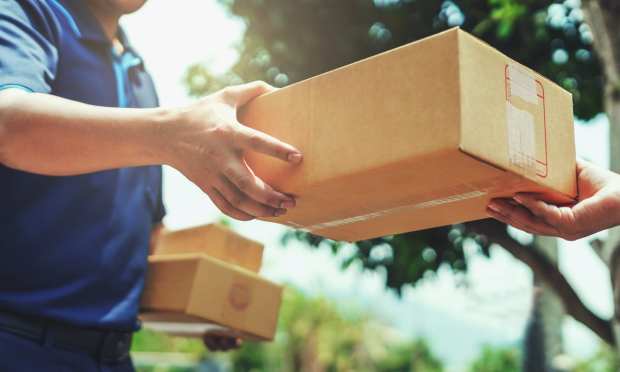Delivery Is Trumping Deals As Prime Day And Summer Sales Events Continue

It may be day two for finding bargains on Amazon’s Prime Day, but it is also day three for Walmart and Target’s events as retailers of all sizes are rolling through the newly elevated summer sales season.
As much as there are millions of items from every imaginable category currently being marked down in price, motivating consumers to make impulse purchases is — at its core — still about getting those goods into customers’ hands as quickly as possible.
In short, nothing moves merchandise — especially big-ticket or bulky items — like being able to see it, touch it and put it to use within a few hours.
“The [Walmart] team has spent a lot of time the last year thinking about the advantage of having forward-deployed inventory,” Walmart U.S. President and CEO John Furner said at a National Retail Federation (NRF) event Monday (June 21) in which he noted the doubling of the retailer’s eCommerce sales over the past two years. “So whether it’s keeping a customer in-stock on basics in their home, [it’s about] being able to act very quickly.”
The Out Of Stock Blues
After weeks of hype and targeted text, email and paid promotion, nothing is a bigger let down for consumers than discovering the item they sought is out of stock or unavailable at the closest retail locations for in-store or curbside pickup.
Predicting consumer demand and managing inventory so that goods are in warehouses and on shelves for in-store fulfillment is the ultimate dark art that is modern logistics. Combine that with the unprecedented push toward quicker delivery times and the battle to get buyers is often more about final-mile ability than rock-bottom lowest price.
Complicating this shift toward delivery and the increasing importance it plays in the broader retail calculus is the fact that supply chain problems and delays are currently impacting virtually every retailer, the NRF said last week, due an array of pinch points and bottlenecks.
In a letter to President Biden, the NRF said 7 in 10 retailers are experiencing delays of two to three weeks in their normal supply chains, noting that the problem is driving up costs and leading to widespread price increases.
In addition, “all respondents said their costs have increased with a majority (75 percent) reporting that they have had to pass along some of the costs to consumers,” the letter read, which called for a meeting with the White House to address maritime port delays and transportation issues that are hindering retail — the nation’s largest private industry.
In a note to clients this week, UBS warned that shipping rates were expected to stay high into the upcoming pre-holiday busy season of August-September, in what would likely deal a blow to retail profits, as well as their ability to offer timely deliveries of high-demand items.
Other Delivery Potholes
A shortage of hourly-wage warehouse workers, as well as a spike in demand for delivery drivers, is also complicating retailers’ ability to meet consumers’ increased expectation of urgency.
“It all has to work on top of what is a great store network, where we have friendly associates in clean stores,” Furner said, before touching on the need for retailers to offer consumers multiple pickup and delivery options. “We’re going to be really flexible for the customer, and whatever the situation with the customer is, we think we can be flexible enough that we can be there, given any change in the environment.”
With an estimated $12 billion in sales projected for the combined Prime Day and related summer events, the stakes have never been higher for retail’s big players — and the industry as a whole — to either impress shoppers or risk causing them to lose interest.
“There’s growing deal fatigue on Amazon,” Peter Darch, manager of inventory and supply chain at Perch, told Bloomberg, which noted that elevated shipping expenses were already eating into margins and complicating logistics for the foreseeable future.
